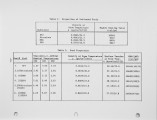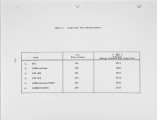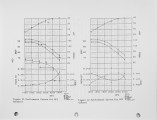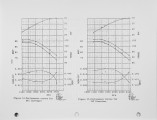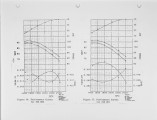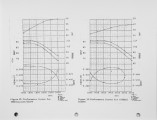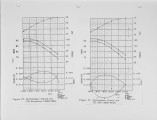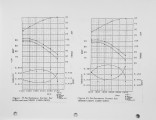| Title |
A Study of the Performance of a Compression-Ignition Engine with Modifications to Enhance Atomization Using Alternative Fuels |
| Creator |
Bunt, Randolph Cedric |
| Publisher |
University of Utah |
| Date |
1983 |
| Spatial Coverage |
Akron, Ohio |
| Abstract |
A 172 CID 4 stroke Ford diesel tractor engine was used for comparative testing of 5 distinct blends of alcohols, agricultural oils, and diesel fuel. SAE test codes were followed for continuous load testing at 85% full power. A spray pattern curve for all of the fuels was obtained by varying the injector nozzle opening pressure. The results were used to predict improved atomization for the alternative fuels by obtaining the same £ for each fuel, the equivalent spray coefficient. With the injectors set for the equivalent spray coefficient, the fuel consumption improved by as much as 10% and brought it to within 2% of that obtained for the standard, diesel fuel #2. |
| Type |
Text |
| Format |
application/pdf |
| Language |
eng |
| Rights |
This material may be protected by copyright. Permission required for use in any form. For further information please contact the American Flame Research Committee. |
| Conversion Specifications |
Original scanned with Canon EOS-1Ds Mark II, 16.7 megapixel digital camera and saved as 400 ppi uncompressed TIFF, 16 bit depth. |
| Scanning Technician |
Cliodhna Davis |
| ARK |
ark:/87278/s62j6fc7 |
| Setname |
uu_afrc |
| ID |
843 |
| Reference URL |
https://collections.lib.utah.edu/ark:/87278/s62j6fc7 |






























